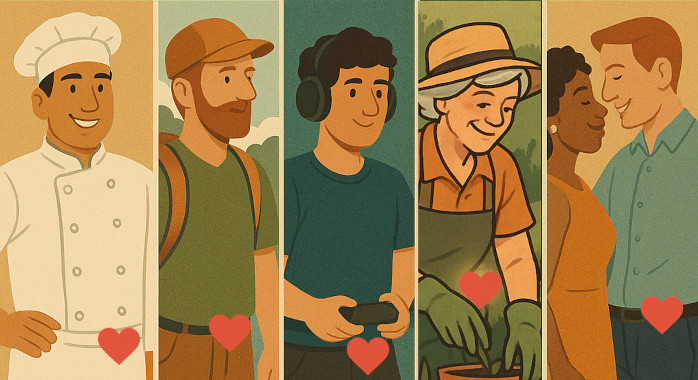Join MeetAnOstoMate
A unique community of 40,822 members, where people talk openly, receive support, make friends, and even find relationships - all with others who understand life with an ostomy.
Join
Advertisement
Hollister
Most contraceptives are equally effective for people with and without stomas.
Learn more about contraception or family planning methods with an ostomy.
Learn more about contraception or family planning methods with an ostomy.



